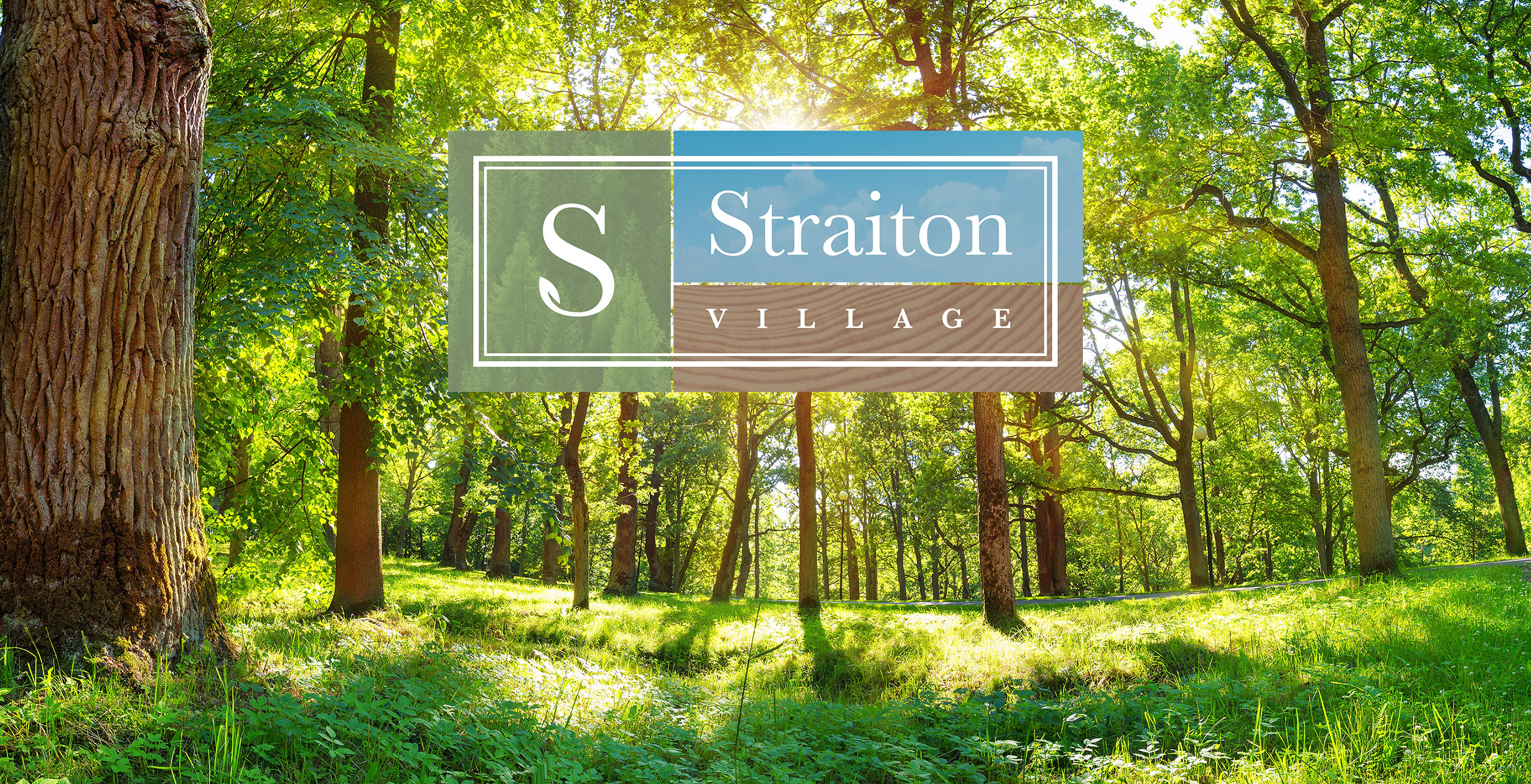Social Architecture
The built environment is the physical infrastructure that contains and directs our social and economic relationships in patterns designed before we became aware of more effective and beneficial alternatives and opportunities, or the toxic effects of our legacy structures. We have together built a machine into a form that reflects the fragmented and siloed intellectual disciplines that we model after educational institutions, corporate organizational structures, and political systems that divide our thinking and work into discrete categories and disciplines.
Biomimicry
Biology provides the model for a sustainable future. The symbiotic relationships of the various organisms that form our own bodies are a model of systems that have been proven to survive and thrive on earth. Individual cells are part of an interconnected body, a complex design that requires every part to function well for the health and well-being of the whole. The interdisciplinary nature of a biological organism has been proposed as a metaphor for understanding the ecosystem of the planet, involving both physical and biological processes. Physics and biology are the basis for a new movement in engineering and design called biomimicry. By modelling architecture after biology, we can create living systems that can live in harmony with each other and the natural environment, in a symbiotic relationship with the earth rather than parasitic.
The Evolution of Design
The future of design and architecture may be in the integration of the separate disciplines to learn how interconnected systems work and model the built environment to imitate the processes of living organisms.
Exploring the Future Together
This is where we learn how to discover the possibilities, to explore how we imagine, design, and build the future together.

